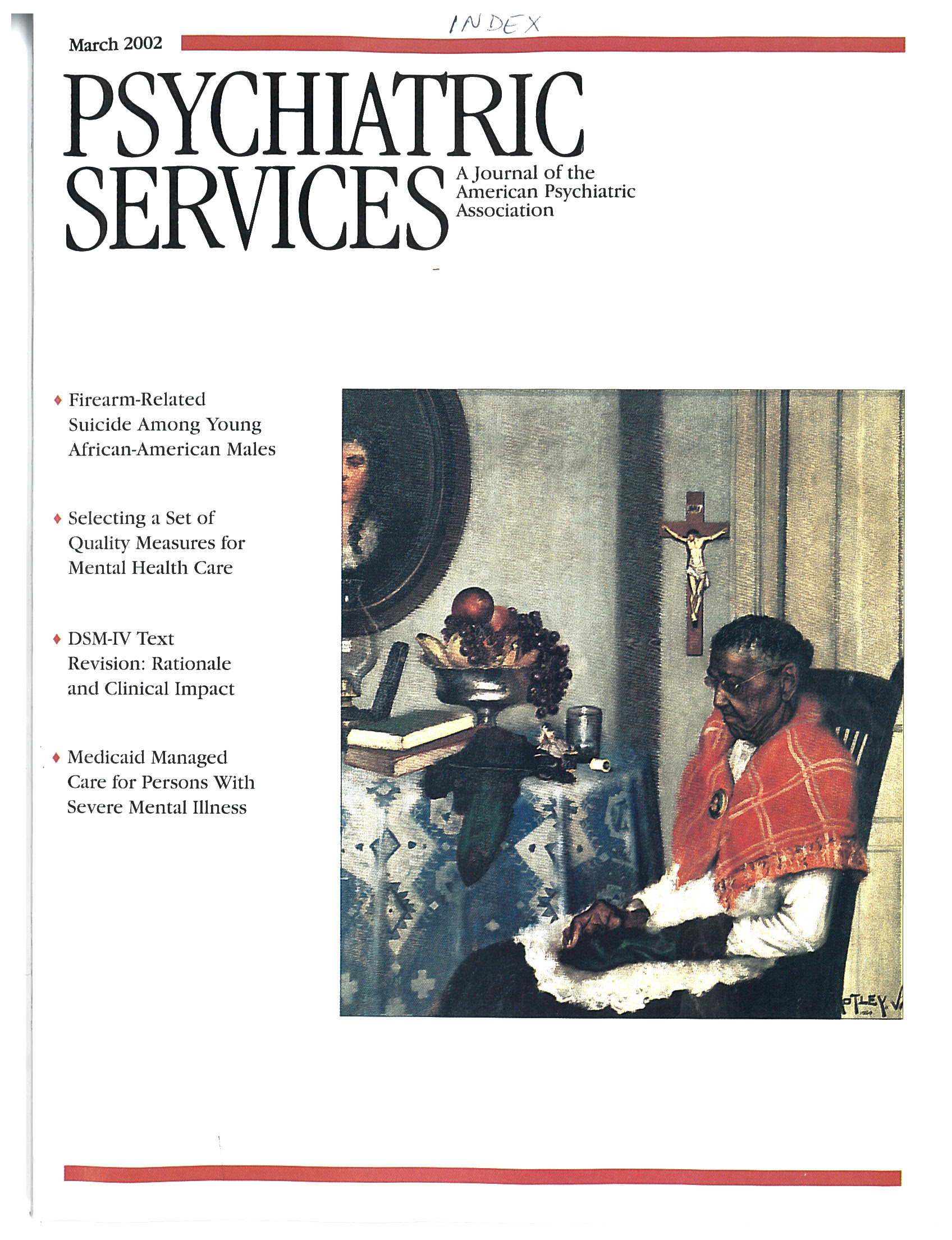In an important series of editorials written for the
Archives of General Psychiatry by leaders in psychiatry who were asked to predict the future of the field (
1,
2,
3), no one addressed the issue of psychic trauma. One might have concluded from this omission that they did not see such trauma as a problem worthy of emphasis in their visions of the future of psychiatry. In
The Trauma Model Colin Ross takes the opposite view. He sees trauma as the central issue that will confront and confound us for decades to come.
In this book, Ross challenges those working in mental health—clinicians, researchers, students, instructors, and the committees that revise the DSM—to consider a new paradigm, which he calls the trauma model of mental illness. With this model, he argues, one can make predictions about all psychiatric conditions and then test them through research. It is a far-reaching and thought-provoking hypothesis, and in describing the model Ross draws on everything from prevalence rates and outcome studies of treatment with medication or psychotherapy to the latest brain imaging and biological testing techniques.
The trauma model offers a cogent explanation for the spectrum of severity of the various mental disorders and for why some patients do not get better as quickly as others—namely, the presence of mitigating factors related to the complications of psychic trauma. Ross contends that early psychic trauma is the most important contributing factor in all mental illness. He proposes that chronic childhood trauma is to psychiatry what germs are to general medicine.
Through a series of logical arguments and deductions, Ross points the way to an area of valuable research that could confirm or refute his hypothesis. Among the 14 general principles he presents for his model are developmental susceptibility, the threshold principle, heterogeneity within diagnostic categories, selection bias, the tendency of treatment failures to be trauma model cases, and the nonspecificity of response to SSRIs.
Ross then applies the various principles to axis I, axis II, and axis III disorders. For example, in a chapter on mood disorders, he cites demographic research he conducted in which he found that about 35 percent of respondents with major depression reported having suffered childhood abuse. On the basis of this finding, he predicts that psychotic and refractory depressions will be associated with higher rates of early trauma. Furthermore, he anticipates that among patients with bipolar disorder, those whose trauma has been more extensive will have less structured and more mixed mood states as well as more borderline traits.
He also predicts that children of abused and depressed mothers will have the highest rates of depression and abuse regardless of whether they are the mothers' biological children or were adopted. Conversely, the adoption of a child of a depressed, abused mother into a nonabusing family would reduce the child's risk level to that of the general population, which suggests that genetic theories of depression may be unnecessary. Bolstering his argument with biology, Ross hypothesizes that the ultimately disappointing results of the dexamethasone suppression test in diagnosing major depression were due to a failure to recognize the psychobiology of trauma. Thus he would predict a nonsuppression rate of 95 percent in a group with comorbid depression and trauma and a rate of 10 percent in a group with depression only.
An extensive section on trauma therapy focuses on cognitive, behavioral, and supportive techniques. The most provocative chapter in this section, entitled "Dealing With Ego States: Talking to the Voices," is emblematic of the message conveyed throughout this volume: "Talking to the voices," Ross says, "may be the most radical contribution of the trauma model to general psychiatry. A paradigm shift must occur for voices to be patients." In other words, trauma-induced dissociative symptoms may be much more prevalent than most clinicians assume and may be found throughout the diagnostic spectrum.
Open-minded readers will benefit from this book, but some aspects of Ross' presentation may detract from its potential value. Ross informs us at the outset that given the breadth of this project, he did not include extensive references, because doing so would have been impossible and irrelevant. As a result, the less informed reader may erroneously ascribe some of the theories Ross alludes to as his own original contributions, whereas the more sophisticated reader may be disappointed by the superficial and sometimes facile way in which certain ideas are disposed of. Certainly some readers will be unhappy with Ross' apparent dismissal of molecular genetics. Some readers might find the following statement a bit glib also: "Repression, and with it the entire edifice of psychoanalytical theory, could be rejected completely and would have no effect on the established scientific validity of dissociation." Such seemingly offhand remarks could alienate researchers in related disciplines whose contributions may support the very propositions put forth in this volume.
Indeed, it is widely recognized that a significant proportion of persons who end up on the psychoanalytic couch because all else has failed have extensive comorbidity related to psychic trauma. The myth of the worried well indulging themselves in a Viennese reverie is a popular stereotype that does not correspond to today's practice. The treatment of dissociative psychopathology in a psychoanalytic context (
4) may provide a unique source of clinical data to further our understanding of the complexity of the problem of comorbidity. Thus if a true paradigm shift is to occur and the full appreciation of the role of psychic trauma is to be appreciated, it will require the cooperation of all related disciplines. In this regard, Dr. Ross' book is an important wake-up call.

